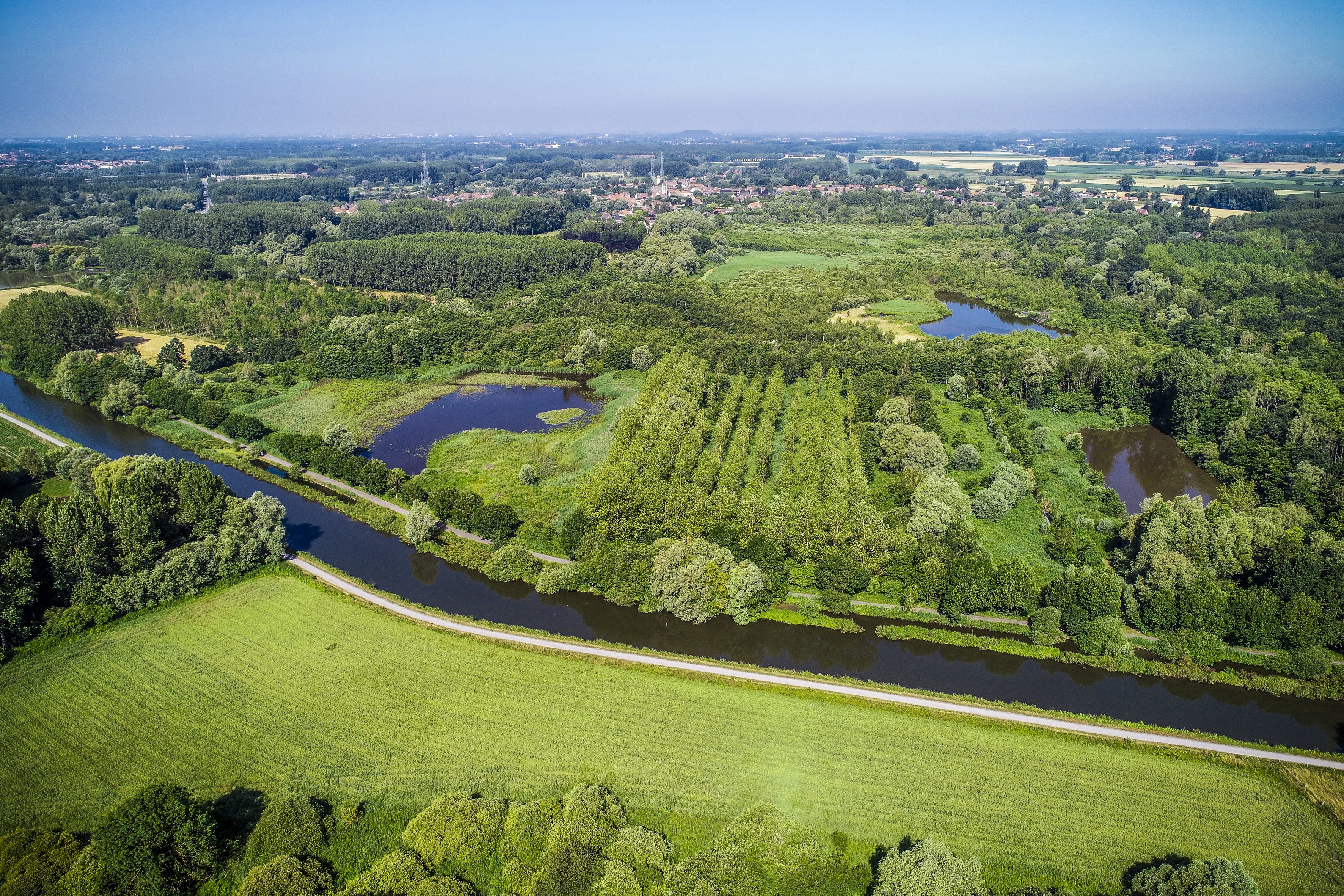News
All the newsIndustrial pollution of the Escaut river: a heavy toll for fauna and flora

The Escaut crosses three countries: France, Belgium and the Netherlands. On 9 April, it was struck by severe pollution: 100,000 m3 of water from beet washing, containing a large quantity of organic matter, was discharged into the river, leading to the destruction of a large part of its fauna and flora.
Temporal concomitance between the incident and fish mortality

On the night of 9 – 10 April, a breach in the dike of the Tereos sugar refinery, located in Cambrai in northern France, led to the spillage of 100,000 m3 of water used to wash sugar beet, with a high organic matter content. According to the French Biodiversity Office (OFB) this matter is not noxious, except when “in excess, its degradation causes excessive consumption of oxygen in water and thus suffocates any organism living nearby”.
On 20 April 2020, a Belgian living close to the river reported a large number of “dead fish” floating on the surface. Céline Tellier, Wallonia Minister of the Environment, declared it a “major ecological disaster”: fish mortality reached 100% in the section of the river crossing Wallonia (the French speaking region of Belgium). In the Flemish section, the coordinators of the River Escaut-Lys contract and local anglers quickly carried out fishing operations to capture large fish and release them into other catchments. Dams were installed to circumscribe the pollution. Fields and about twenty houses were flooded.
A judicial inquiry is underway to determine the responsibilities involved. For the moment, the court of Cambrai in France has not established any causal link, but has underscored the correlation between the occurrence of this incident and the mortality of the fish in the river. Belgium has expressed its astonishment at the belated alert given by the French authorities, despite the fact that cooperation agreements exist between the two countries. Franco-Belgian environmental associations have taken out law suits against the company Tereos and persons as yet unknown.
Furthermore, the political party Europe Ecology – The Greens (EELV) in the Hauts-de-France department – has accused the Tereos plant, which was responsible for the same type of incident that occurred last February .
Rescue operations will not be sufficient, since “even if the pollution subsides naturally, it will take years for biodiversity to recover in the areas affected”, says biologist Patrick Meire.
A heavily anthropized river that had recovered its biodiversity
In the past, the Escaut was a marshy and slow river. Due to the urbanization of its banks, illegal dumping of waste and discharges of wastewater, and intensive farming, it was subjected to severe pollution in the 1980s and 1990s. In 1994, the International Scheldt Commission was set up to manage and coordinate actions to preserve the quality of the river’s water. In 1998, a warning system was organized to signal any type of accidental pollution.
 In parallel, a large number of local initiatives have emerged, such as the reclassification of the banks and pollution clean-up managed jointly by the Conservatoire d’espaces naturels du Nord-Pas-de-Calais and Valenciennes Métropole. This policy falls within the scope of implementation of the European Framework Directive on Water (DCE) adopted in 2000, which sets the objective of “good ecological potential” for the Escaut by 2027. Several wetlands encompassing ponds, canals, meadows and marshes were given the Ramsar label at the beginning of 2020 – convention for the sustainable utilization and conservation of wetlands. Unfortunately, the pollution that occurred in April shed light on the results of these actions and the new biodiversity accommodated by the river.
In parallel, a large number of local initiatives have emerged, such as the reclassification of the banks and pollution clean-up managed jointly by the Conservatoire d’espaces naturels du Nord-Pas-de-Calais and Valenciennes Métropole. This policy falls within the scope of implementation of the European Framework Directive on Water (DCE) adopted in 2000, which sets the objective of “good ecological potential” for the Escaut by 2027. Several wetlands encompassing ponds, canals, meadows and marshes were given the Ramsar label at the beginning of 2020 – convention for the sustainable utilization and conservation of wetlands. Unfortunately, the pollution that occurred in April shed light on the results of these actions and the new biodiversity accommodated by the river.
When observing the Escaut, we weren’t aware that there was so much life (…). It wasn’t until we were faced with the number of dead fish that we realized.” Audrey Liéval, Leader of the SAGE Escaut project (Development and management plan for the waters of the Escaut).